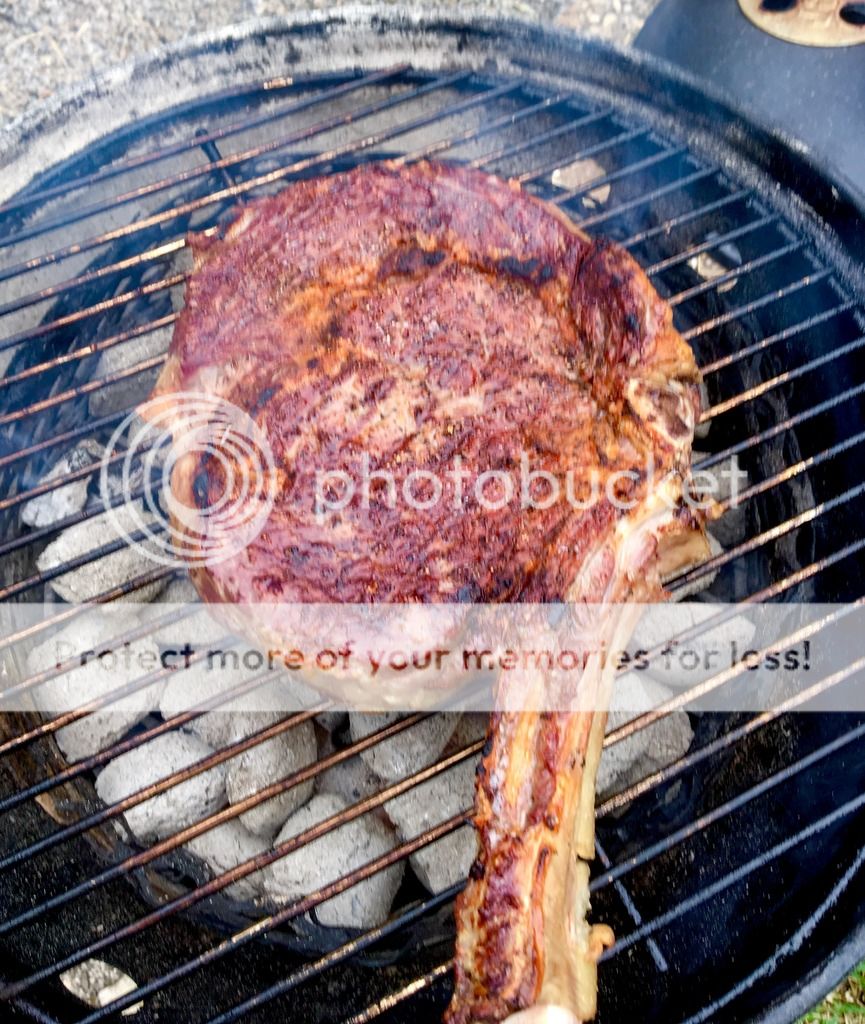Kaptain Kadian
is Blowin Smoke!
I attempted a reverse sear today for the second time and didn't have good results. I was cooking some filets and got them more medium to medium well. I was checking them with my thermapen and they were at 130 ish and then the shot up to 150 and 160. So, my question is at what temp do you guys move the heat up to do the reverse sear to get a medium rare steak? Thanks









